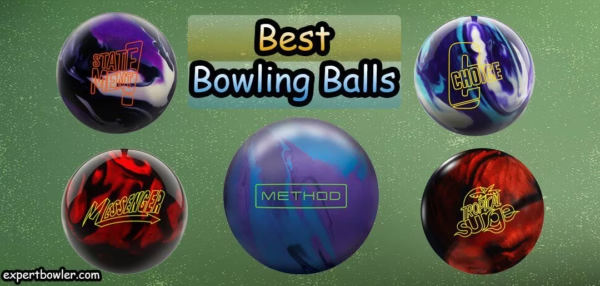Hammer Black Widow 3.0 Review. Expert insights: Is this the Best Ball for Medium to Heavy oil?
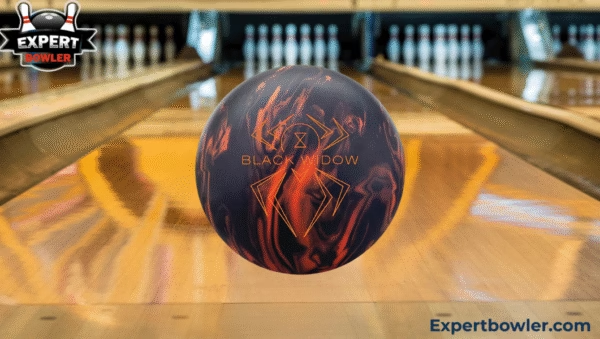
The Black Widow line has crushed pins for nearly two decades. Since 2006, Hammer has released 22 versions of this iconic ball in the U.S., each carrying that legendary Gas Mask core. When the Black Widow 3.0 came out in January 2024, it brought something new to the table: HK22 Aggression Solid coverstock. That’s the same HK22 base material that made the 2.0 Hybrid such a strong ball, but now it’s wrapped around the Gas Mask core in a solid configuration.
As a coach, I wanted to see how this played out across different bowling styles. I tested it alongside two bowlers I’ve been working with for years: one’s a speed-dominant one-hander, the other’s a rev-dominant two-hander. We threw it on heavy oil, medium oil, short patterns, and typical house shots. We adjusted the surface from 1000 grit all the way up to 4000 grit.
Here’s what we found.
Table of Contents
Our Testing Verdict: Black Widow 3.0 Results
The Hammer Black Widow 3.0 delivers flagship performance at mid-tier pricing. It’s a beast on medium to heavy oil. It clears the fronts well and has a sharper backend than the 2.0 solid. Both our speed-dominant and rev-dominant testers got good results once we matched the surface to their styles. The HK22 base keeps it cleaner through the heads and adds backend pop compared to traditional solids, but you need oil volume to make it work. At around $170, it’s a solid choice if medium to heavy oil is what you face regularly and you want a ball that handles volume without burning up early.
Full Breakdown: Specs and Materials
| Specification | Details |
| Coverstock Type | Reactive Solid |
| Coverstock Name | HK22 Aggression Solid |
| Core Name | Gas Mask |
| Core Type | Asymmetrical |
| Box Finish | 500/1000/2000 Siaair Micro Pad |
| Oil Condition | Medium to Heavy Oil |
| Best for | Speed-dominant and rev-dominant players |
| RG (15 lbs) | 2.50 |
| Total Differential | 0.058 |
| Intermediate Differential | 0.016 |
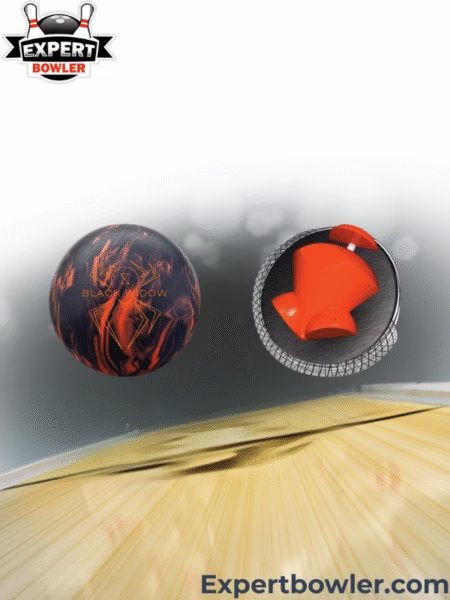
Let me break down what these numbers mean on the lanes.
The HK22 Aggression Solid coverstock is the differentiator. HK22 as a base material creates a cleaner length and sharper backend motion. Paired with a solid shell, you get a stronger midlane read without sacrificing explosive pop off the friction. The Gas Mask asymmetric core delivers proven performance with an intermediate differential of 0.016. This creates a sharper, more angular response when hitting friction compared to symmetrical designs.
The RG of 2.50 sits right in the middle zone. It revs up in the midlane and maintains energy through the pins, which is exactly what you want in a benchmark ball. That total differential of 0.058 means serious flare potential. We measured approximately 5/16 inch separation between track flare rings during testing.
The factory finish of 500/1000/2000 Siaair provides aggressive teeth without being charcoal dull. It worked perfectly out of the box for medium oil, though heavier patterns needed adjustment.
Lane Action & Hook Potential
We put the Black Widow 3.0 through comprehensive testing with multiple bowler styles across different lane conditions. Here’s how it performed.
Black Widow 3.0 with a Speed-Dominant One-Handed Style
Fresh Medium Oil & Typical House Shot (THS): Real-World Results
Our speed-dominant tester loved this ball on fresh medium oil right out of the box. Starting around board 10, the Black Widow read the midlane perfectly: clean through the heads, strong in the middle, then a sharp but controlled move off the friction. The improvement over the 2.0 was immediate. The HK22 base delivered noticeably sharper backend while maintaining smooth, predictable midlane read. Our tester could open angles slightly without losing pocket control. This ball rewards clean releases and consistent mechanics, exactly what every bowler should work toward.
Heavy Oil: Hook Potential & Control
On heavy oil, the out-of-the-box surface proved slightly unpredictable. We took it down to 1000-grit Siaair, which gave a stronger midlane read and better consistency. With a rougher surface, it stayed straighter and hit with better angle control while still creating a strong backend.
Short Oil: Limitations and Adaptation
The 3.0 struggled here. It wants more oil than short patterns provide. Even with a 4000-grit surface and left moves, the ball checked up too early. Better options exist for short patterns. This ball is built for volume. If you’re dealing with lighter oil conditions regularly, check out our Tropical Surge review for a ball that thrives where the 3.0 doesn’t.
Black Widow 3.0 with Rev-Dominant Two-Handed Release
Heavy Oil Conditions: Performance & Hook Analysis
Our two-hander found different results. The ball worked beautifully straight out of the box at 2000 grit. It gripped early, rolled strong through the midlane, and created a smooth, controlled backend. Moving left and backing off speed created room to swing the ball. The 3.0 handled oil volume with authority.
Medium Oil Conditions: Control & Versatility
The 2000 grit finish was too aggressive for our two-handers’ slower ball speed. The ball checked up and lost energy. After adjusting to 3000 grit, it came alive, rolling cleaner through fronts with a solid backend reaction. Lesson learned: different styles need different surface prep.
Expert Bowler’s Personal Testing Insights with the Hammer Black Widow 3.0 Bowling Ball
This ball hooks hard. I started around board 10. Within three frames, I moved 5 boards to the left. By session’s end, I was playing from boards 25-30. This ball needs about 50 feet of oil. Anything less and it shapes up too hard, too early.
The flare is insane, approximately 5/16 inch separation between rings. That level normally makes a ball burn up, but the HK22 base keeps it clean enough through fronts to retain energy for a powerful move off the spot.
When you’re in the right zone, it carries well. Messenger pins, flush pocket shots, the works. When it’s wrong? Atrociously wrong. I left more stones 8s and 9s than I care to admit. The 3.0 lives in a specific zone. Outside that zone, carry disappears.
This isn’t versatile. It’s a specialist. But in its wheelhouse (fresh medium to heavy oil, proper surface prep, playing inside), it’s absolutely dominant.
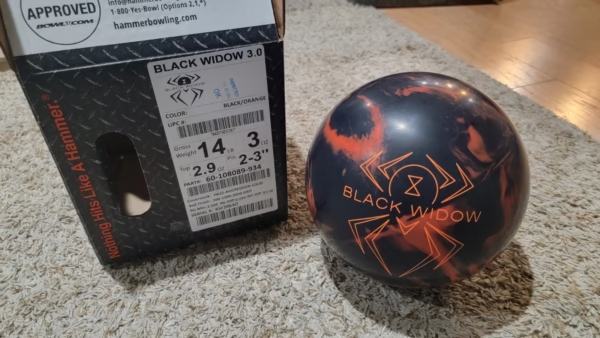
How Does the Black Widow 3.0 Compare to Similar Products
| Model | Core | Coverstock | Reaction/Motion | Key Difference / When to Use |
|---|---|---|---|---|
| Black Widow 3.0 | Gas Mask | HK22 Aggression Solid | Stays clean through the fronts, hits harder off spot | Best for fresh oil, harder finish, sharper backend |
| Black Widow 2.0 Solid | Gas Mask | Aggression Solid | Rolls earlier, digs in the midlane | Earlier roll, smooth midlane; ideal as oil transitions |
| Roto Grip Attention Star | Asymmetric | Strong Reactive | Smoother, more controlled arc | Predictable arc, medium-heavy oil, less explosive flip |
| Storm Absolute Power | Strong Asymmetric | Weaker Coverstock | More active downlane, versatile shape | Better miss room and versatility; BW 3.0 more repeatable in oil |
| Motiv Jackal Ambush | Asymmetric | Very Slow Reactive | Incredibly heavy, slow reacting | Better power when matched up; less usable in leagues |
Key Advantages and Drawbacks
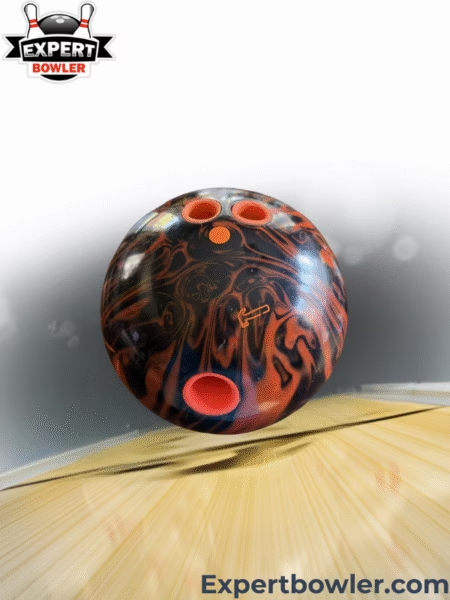
Pros: of the Hammer Black Widow 3.0
- Strong for medium to heavy oil patterns
- Clean fronts with explosive backend (HK22 advantage)
- Excellent carry when properly lined up
- Highly responsive to surface adjustments
- Legendary Gas Mask core, 20-year track record
- Outstanding value for the price
Cons: of the Hammer Black Widow 3.0
- Poor carry outside the optimal zone
- Requires substantial oil volume
- Limited versatility versus hybrids or pearls
- Can overwhelm speed-dominant players on house shots
Frequently Asked Questions
Is the Black Widow 3.0 reactive?
Yes, the Black Widow 3.0 features a reactive solid coverstock, specifically the HK22 Aggression Solid. This reactive resin coverstock provides strong traction on medium to heavy oil patterns while delivering sharp backend motion when it encounters friction.
Is Black Widow 3.0 good for beginners?
Not recommended for beginners. The Black Widow 3.0 is a strong, aggressive asymmetric ball that requires substantial oil volume and consistent mechanics. Beginners would benefit from starting with smoother, more forgiving equipment that works on typical house shot conditions with less dramatic motion.
Our Recommendation: Black Widow 3.0 Value Verdict
The Black Widow 3.0 isn’t for everyone. That’s fine.
If you face medium to heavy oil regularly, need a ball that conquers volume instead of finding friction, and match up well with strong asymmetrics, this delivers. At around $170, you’re getting flagship performance without the flagship price. No other ball gives you this much power and proven core technology at this price point.
Here’s my arsenal recommendation: If you’re still figuring out how to choose the right balls for your style, start with the 3.0 on fresh oil. Add the Black Widow 2.0 Hybrid for transitions. Include something like the Hammer Hazmat, or check out our best urethane bowling balls selection for broken-down conditions. That’s a simple three-ball arsenal covering most conditions.
From a coaching perspective, the 3.0 is a training tool. It teaches lane reading, ball motion understanding, and consistent release mechanics. Unlike flashier balls that mask mistakes, this rewards consistency and punishes poor execution.
If you bowl on medium to heavy oil regularly, you need this ball. It’s a specialist that dominates its conditions better than anything at its price point. The Black Widow legacy continues strong.
For more details and the latest technical specifications, visit the official Hammer Black Widow 3.0 product page:
Find all updates directly at the manufacturer: HammerBowling.com.
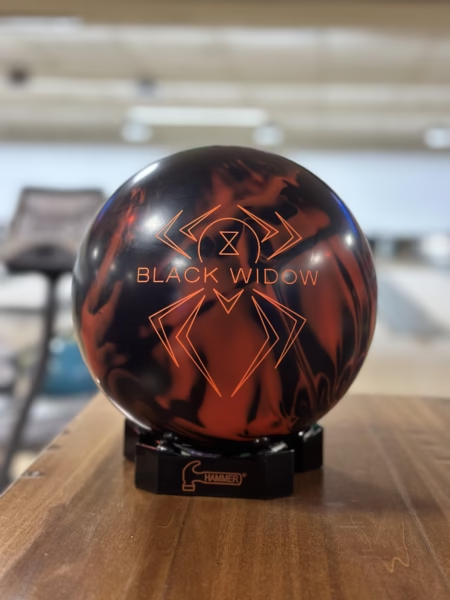
Last update on 2025-11-14 / Affiliate links / Images from Amazon Product Advertising API


